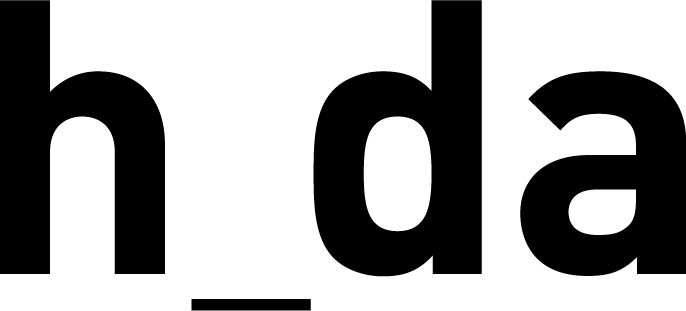You need to sign in or sign up before continuing.
Darmstadt University of Applied Sciences GitLab
Welcome to code.fbi.h-da.de…
This is the GitLab instance of the Darmstadt University of Applied Sciences. Proudly provided by the Department of Computer Science.
Note: prefer to use your h_da account for signing in. The GitHub and GitLab.com providers are intended for users without access to an h_da account. Using them will result in reduced privileges.
